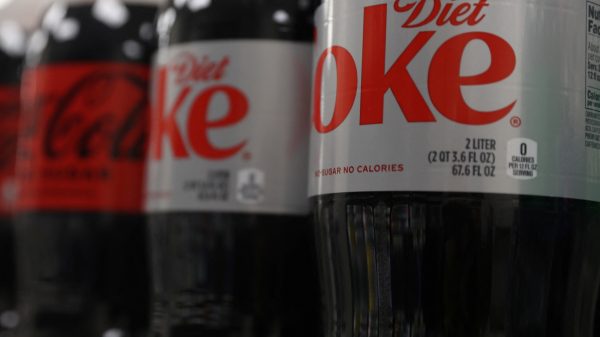Researchers are using powerful X-rays to look inside cannonballs found on the famous Tudor ship, the Mary Rose.
They are trying to find a way of preserving the shot, which will corrode if it is put on display.
There are 1,2000 of the cannonballs, found on Henry VIII's flagship, currently stored in low humidity containers away from public gaze.
The aim, according to Dr Eleanor Schofield, is to preserve them for generations to come.
"We have a lot of cannonballs in storage. If we could understand the process better we could develop new treatments and they could potentially have a longer life."
The Mary Rose sank in 1545 and was raised from the sea in 1982. The cannonballs on board are difficult to conserve because chlorine has got into them from being in the sea. The chemical has got in all the way to its core. This means that they start to corrode if they are exposed to the air.
Dr Schofield's team has tried to remove the chlorine by soaking some cannonballs in solution. But the researchers found that although they had extracted some they hadn't removed it all. They discovered this when the cannonballs began to disintegrate when they were put on display.
It was at this point that Dr Schofield set up a research project to understand what was going on inside the cannonballs.
She examined them using a powerful X-ray facility, called the Diamond Light Source in Didcot in Oxfordshire. Dr Schofield is using it to see how much iron is still left inside the cannonballs, how much chlorine is in them and where they have begun to corrode.
But in order to examine them, these precious objects had to be cut into small pieces.
After consulting with Mary Rose curators, the decision was made in 2016 to cut segments from six of the cannonballs, some of which were showing signs of damage, in order to save the rest.
In a newly-published paper, the results of the bright X-rays have revealed detailed maps of the elements involved in the corrosive process. This allows an unprecedented insight into conservation on a molecular scale.
Hayley Simon from University College and Diamond Light Source said that the results are a first step towards the development of new protective techniques.
"We are launching next a long duration experiment, which will observe changes in the corrosion product during long-term immersion in various conservation treatments to monitor their effects."























































